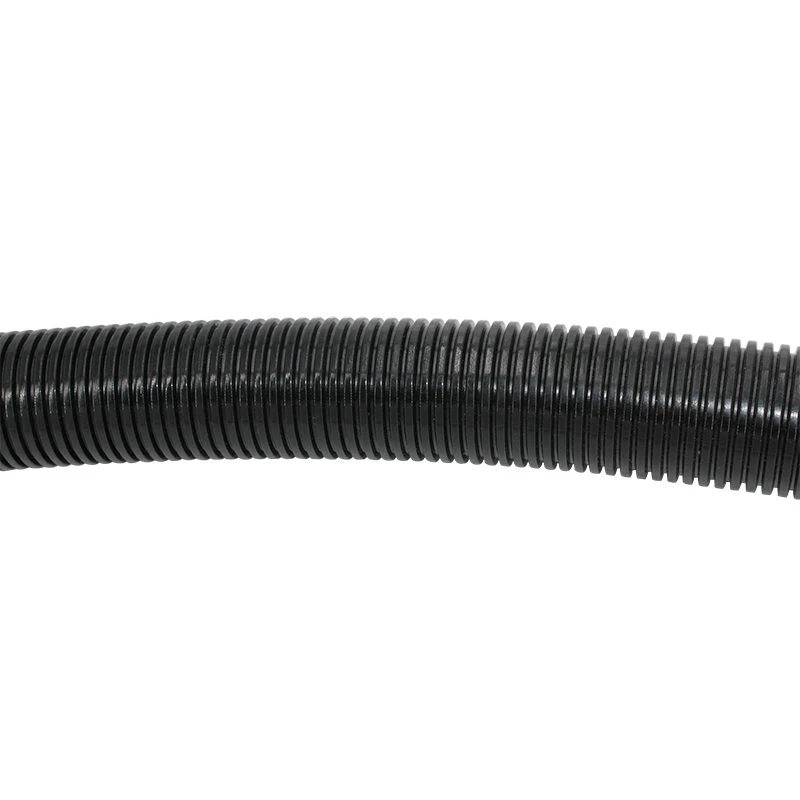synchro belt
Understanding Synchro Belts An Essential Component in Mechanical Systems
In the realm of mechanical systems, precision and efficiency are paramount. One of the key components that plays a crucial role in achieving these objectives is the synchro belt. Often utilized in various applications, synchro belts are designed to ensure smooth and accurate power transmission between rotating shafts. This article will delve into the mechanics, advantages, and applications of synchro belts.
What is a Synchro Belt?
A synchro belt, also known as a synchronous belt, is a type of belt that operates in conjunction with toothed pulleys to maintain a precise timing relationship between multi-gear systems. Unlike traditional V-belts, which may slip during operation, synchro belts feature teeth that engage with corresponding grooves on pulleys. This design prevents slippage and ensures that the movement of the belt is synchronized with the rotation of the driven components.
How Does a Synchro Belt Work?
The functionality of a synchro belt stems from its unique construction
. Typically made from high-quality rubber or polyurethane, these belts have teeth molded into their inner surface. When installed in a system, the teeth engage with the pulleys' grooves, allowing for a positive drive with no risk of slippage. As the motor turns the connected pulley, the synchro belt transmits this rotational force to another pulley, maintaining the precise timing necessary for the operation.Advantages of Synchro Belts
synchro belt

One of the primary advantages of synchro belts is their efficiency. Due to their design, they can transmit power with minimal loss, making them an energy-efficient choice for many applications. Additionally, synchro belts are known for their durability. They are resistant to wear and tear, which translates to a longer lifespan compared to traditional belts. Furthermore, because they do not slip, synchro belts contribute to quieter operation, reducing the noise levels typically associated with belt-driven machinery.
Another significant benefit is the ability to operate at higher speeds. This makes them suitable for applications where high-speed performance is critical, such as in robotics and conveyor systems. Additionally, their precise timing capabilities make them ideal for ensuring that machinery operates smoothly and efficiently, ultimately improving productivity.
Applications of Synchro Belts
Synchro belts are versatile and can be found in a wide range of industries. They are commonly used in automotive engines, where precision in timing is vital for performance. In manufacturing settings, synchro belts drive conveyor systems and various machinery, guaranteeing that operations proceed without disruption. Moreover, they play essential roles in robotics, aerospace, and even high-performance sporting equipment.
Conclusion
In summary, synchro belts are indispensable components in many mechanical systems, offering distinct advantages such as efficiency, durability, and precise timing. As technology continues to advance, the applications and uses of synchro belts are likely to expand further, solidifying their status as a vital element in the engineering world. Understanding their function and benefits can help industries select the right components for their systems and optimize their performance. Whether in automotive, manufacturing, or robotics, synchro belts indeed deserve recognition for their significant contributions to modern machinery.








